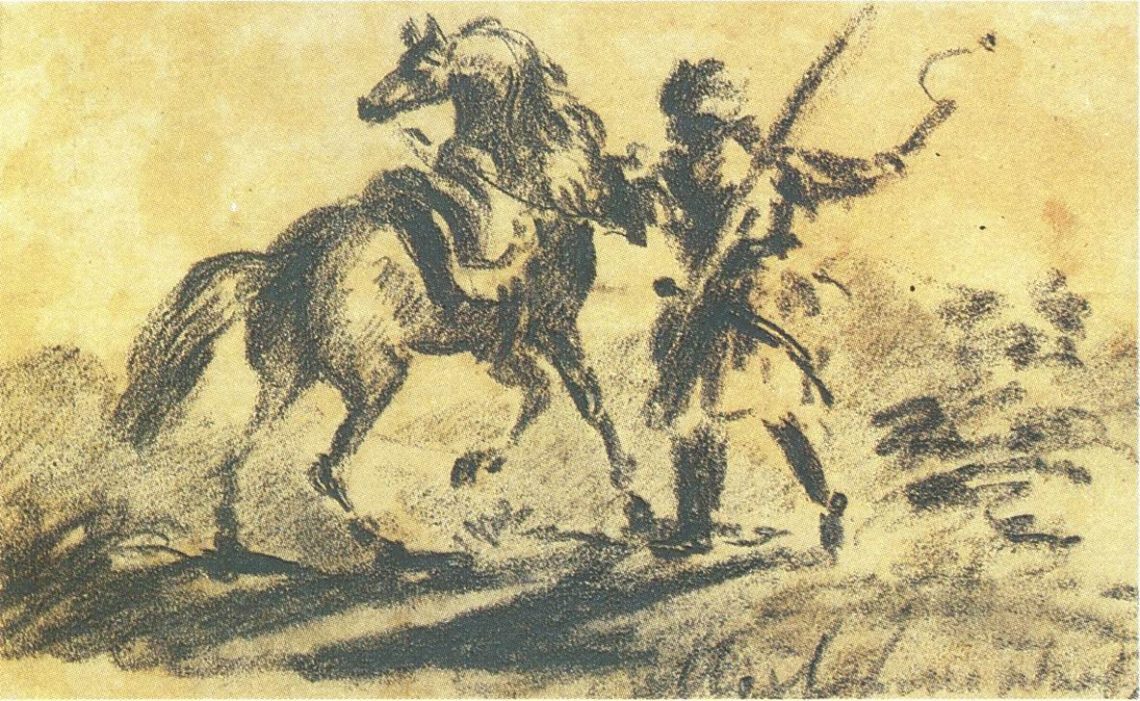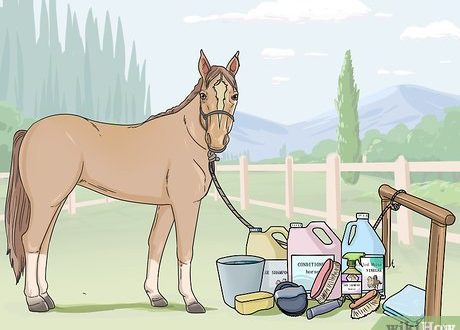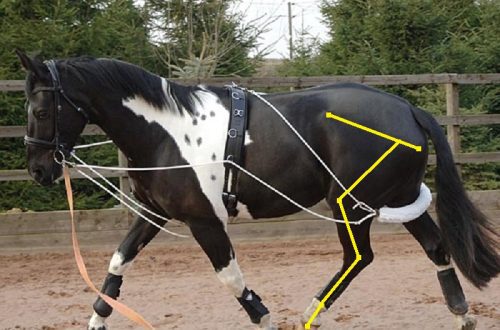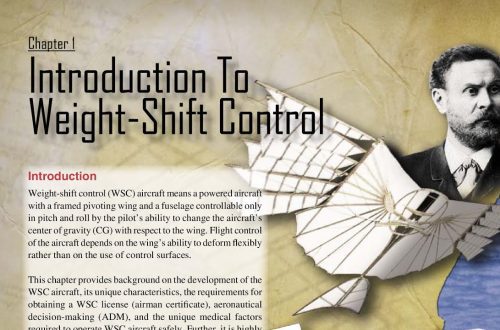
Horses in the image of Lermontov
One of the most famous portraits of Lermontov, perhaps the best, is the one where the poet is depicted against the backdrop of mountains, in a cloak draped over a jacket with Caucasian gazyrs. A Circassian checker is thrown over the shoulder, on a belt. The face – with huge, sadly excited eyes, and although the features are wrong – the face is beautiful, inspired. The remarkable thing about the portrait is that it harmonizes with our perception of Lermontov’s poetry. But it is no less remarkable that Lermontov painted the portrait himself, painted in watercolor, looking at himself in the mirror, and that the self-portrait is one of his best paintings.
It so happened that among the great Russian writers Lermontov for a long time remained the least studied. In 1906, Alexander Blok spoke about the mysteries of his poetry, about his “beggarly” biography and urged to look for “Lermontov’s treasure.” At that time, researchers essentially did not start a serious study of Lermontov’s pictorial heritage. Although the poet’s artistic pursuits were known for a long time and Lermontov’s circle of acquaintances saw his works, and some of them were reproduced in editions of his works, the connection between the poetic gift and Lermontov’s artistic inclinations did not attract attention. Lermontov the poet was perceived on his own, the paintings and drawings seemed to be something separate. Meanwhile, a deep, although sometimes hidden connection between the talents of Lermontov the poet and Lermontov the artist exists. For the first time, attention was paid to this only in the pre-revolutionary years, in the last volume of the first academic edition of Lermontov’s works.
During the last half century, the situation has changed dramatically. Lermontov is studied stubbornly, they study him diversified. Its place and role in Russian and world literature were determined, and yet the “Lermontov treasure” has not yet been fully disclosed.
Nature endowed Lermontov not only with the high gift of a poet and amazing musicality. She also endowed him with a genuine talent as a painter and draftsman. And if he was engaged in painting and graphics not casually, but professionally, systematically, we can say with confidence that he would become a very great artist. His drawings are unusually expressive, dynamic, picturesque canvases are magnificent in color. Let Lermontov’s drawings and his paintings be the creations of an amateur, but they exude the spirit of Lermontov’s poetry. There is no doubt that Lermontov the poet and Lermontov the prose writer were often helped by his artist’s eye. And not many writers were born who would not only “hear” the world so perfectly, but also “see” it in such volume, so colorfully, who would be able to convey movement, the play of light and shadow so well.
| Horse Grenadier. 1832. Notebook “Lectures from the Law of God”. | Vignette on the autograph of the dedication to the poem “Aul Bastunji”. 1831 | “Prisoner of the Caucasus”. Frontispiece. Auto-illustration for the poem. 1828 | Assault. 1829 |
| Battle. 1830 | Knight. 1832 |
Junker notebook of Lermontov 1832-1834
When the Lermontov Museum was created in St. Petersburg in the 1880s, among other donations, a notebook containing 245 drawings (most of them Lermontov’s) on 68 sheets was received there. The donor was Prince N. N. Manvelov, a former pupil of the school of guards ensigns and cavalry cadets, a friend and fellow student of Lermontov. It was he who told the story of obtaining this notebook and revealed the originals of many of the characters depicted in it. “When Lermontov and his friend Leonid Nikolaevich Khomutov, who was released into horse grenadiers, were promoted to officers of the cadet of the year 1834, and among them were Lermontov, I, being appointed to the place of this latter as a senior detached non-commissioned officer of the 4th Lancers platoon, had to take and his bunk in the dormitory and the cupboard that was with it, putting in order which I found a notebook tumbled between the walls of the drawer and the walls of the cupboard itself, which I had seen before at Lermontov’s and recognized by my comrades as belonging to Lermontov, and since none of my comrades at school, no one else claimed the rights to this find, then it remained with me … “.
The content of the notebook is diverse – scenes from the life of the Junkers, caricatures, portrait sketches of the Junkers and their tutors.
| Sketch sheet (male figures, horsemen) | Sketch sheet (rider) | A carriage drawn by a troika | Battle of horse rangers with French cuirassiers |
| sketch sheet | Riders with guns | Mounted lancer and sketches of male faces. | Mounted lancers with pikes |
| Scene from military life | Sketch sheet (male profile, 2 riders and a horse) | In the arena | Cossack with a pike taking an obstacle |
| Riders in oriental costumes | Troika leaving the village | Kibitka, harnessed by a troika | winter wagon |
| Troika at the inn | Troika on a village street | sled pulled by a troika | Rider in the forest |
| Rider with a hunting dog | Walk | Headquarters Captain V.I. Knoring | Sketch sheet (rider) |
| Sketch sheet (horse head) | Rider | Sidecar drawn by four | Riders |
| Highlanders by the river | A galloping Circassian | Cavalry battle of the Cossacks with the highlanders | Lancers |
| Illustration for the story by A.A. Bestuzhev-Marlinsky “Ammalat-Bek” | sketch sheet | Circassian with a horse. 1835-1837 | Equestrian highlander with banner 1836. Watercolor dated by Lermontov. Located in the album M. A. Shan Giray |
| The horse is free. 1830s Located in the album M. A. Shan Giray | Horse | Sketch sheet from the book book. P.A. Urusova. 1840 | Memories of the Caucasus. 1838 |





